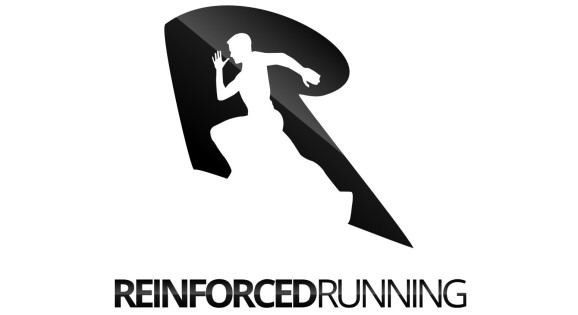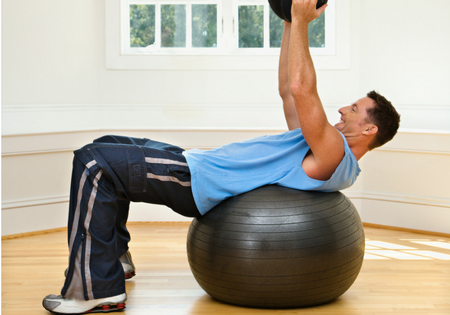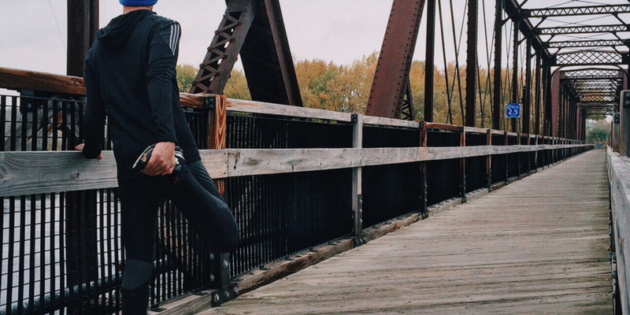Can a minimal or maximal shoe help your running and OCR results
The Vibram 5 Fingers came out in 2005.
You’ve seen them — literal gloves for your feet.
They look weird and feel like sh*t. They provide zero cushion for your feet and you can feel every pebble on the ground.
But that was the point.
Vibrams helped you connect with the ground and strengthen your feet.
Several brands spun off similar “minimal” shoes in the years to come.
As a fitness professional, I believe in strength and training your body for resilience. I was a fan of the minimal concept.
Then a brand emerged and said, “F all that.”
Hoka One One launched in 2009. They saw the minimal movement and flipped it. Hoka made ridiculous cushioned shoes stacked on a huge platform.
The “maximal” movement was born.
Shoes like Hoka One One are opposed to my philosophy. They allow you to sit back and let the shoes do the work.
That is crazy to me. It seems lazy and potentially harmful.
But personally, I’ve had some chronic foot pain. Pain I could train with through rest and rehab. But it was a pain I did not enjoy.
So I decided to try a pair of Hokas.
And I instantly love them. I want to run in them every day.
It took me a long time to swallow my pride against and buy a ridiculous pair of running shoes.
But I had two choices.
Buy the shoes and find out if they would help. Or hope that what I was doing would eventually work.
It was a risk worth taking because as an athlete, I only have so much time. I can’t squander any opportunities so I must take action when it presents itself.
For me, it was something simple like footwear. But for you it can be things like doing the right workouts, building proper strength, and knowing how nutrition will help you on race day.
These are all things that athletes I coach have taken into their own hands.
Athletes like Regiane,
“I used to train a lot, putting on my best effort on every run. I was always tired, and I wasn’t seeing progress. The big change was training correctly, a balance between eating well, strength training, and most important, running on the right pace.”
She knew that the hard work was not the issues, but she wanted to make sure she accounted for everything that would get her the best results. And then she got real results.
“I finished my marathon(Pittsburgh May 2019) with a time of 3h57min. It was more than 40min faster than my last marathon (NY, Nov 2018) 6 months ago, and more than 60min faster than Pittsburgh Marathon 2018.”
Read more athlete stories here
You can also get these kinds of results, but you have to take action.
Click here to apply for run coaching and we can see if I can help


